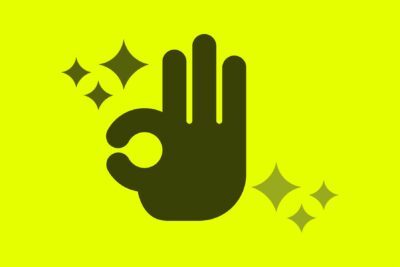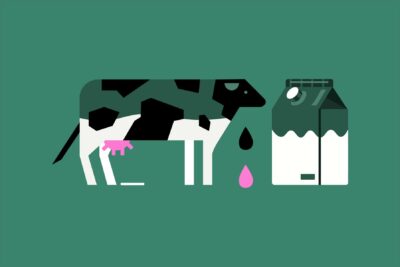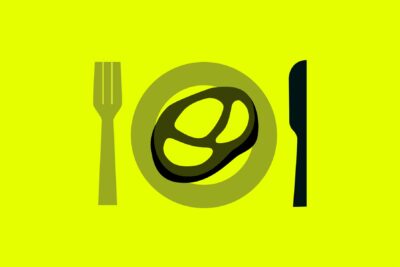There is nothing natural about the amount of wool that sheep grow. Without human interference, sheep would grow just enough to protect themselves from the elements but, since wool is a valuable commodity, sheep have been specifically bred to produce more and more of it.
In Australia—which is the largest producer of wool in the world—the most common breed of sheep is the merino. These poor creatures have been bred to have folds of skin as this means they produce more fleece. However, those folds of skin are a prime site for flies to lay their eggs, and when the larvae hatch, they eat away at the sheep’s skin, causing severe suffering and ultimately death. To try to prevent this, farmers may undertake a mutilation known as “mulesing.” This is the practice of cutting away the skin around the most common flystrike site—the buttocks and tail—without anesthetic and often without any pain relief.
Mulesing is undeniably painful, and is carried out on lambs when they are just 6 to 10 weeks old. The pain is described as “acute” and “long-lasting”—anything from a minimum of 48 hours up to several weeks. The RSPCA in Australia says: “Mulesed lambs will socialize less, lose weight in the first two weeks post mulesing, exhibit behavioral indicators of pain including prolonged hunched standing and less time lying and feeding, and stand in a hunched position.”
At the same time, the lambs may have other routine mutilations forced on them, such as tail docking, castration, and ear notching or tagging. Again, pain relief is unlikely to be administered.
As for the process of shearing, that can also be a painful, stressful, and injurious practice, and one that leaves animals hurt, bleeding, and traumatized. The RSPCA in Australia calls shearing “an acute stressor” for sheep.
Because sheep shearers are often paid by the number of animals they shear, the process is fast and furious. They can shear up to 200 animals a day. Inevitably, nicks and cuts occur if the sheep struggles, has excessively wrinkled skin, or the shearer is distracted or under time pressure. Where deep cuts occur, these are usually sewn up by the shearer.
We do not need to cause suffering to these gentle creatures in order to clothe ourselves as there are plenty of excellent, ethical, and sustainable alternatives available.



